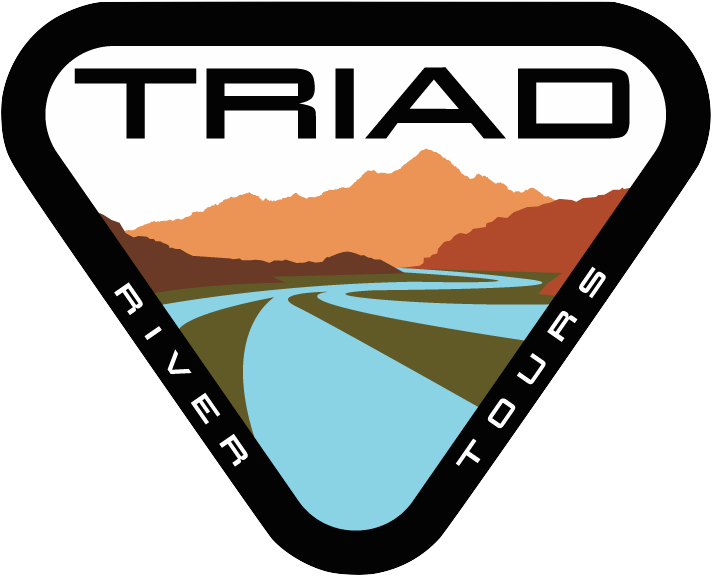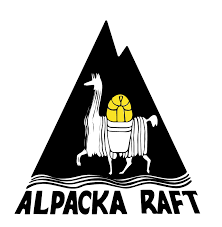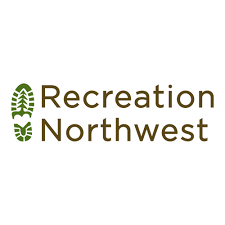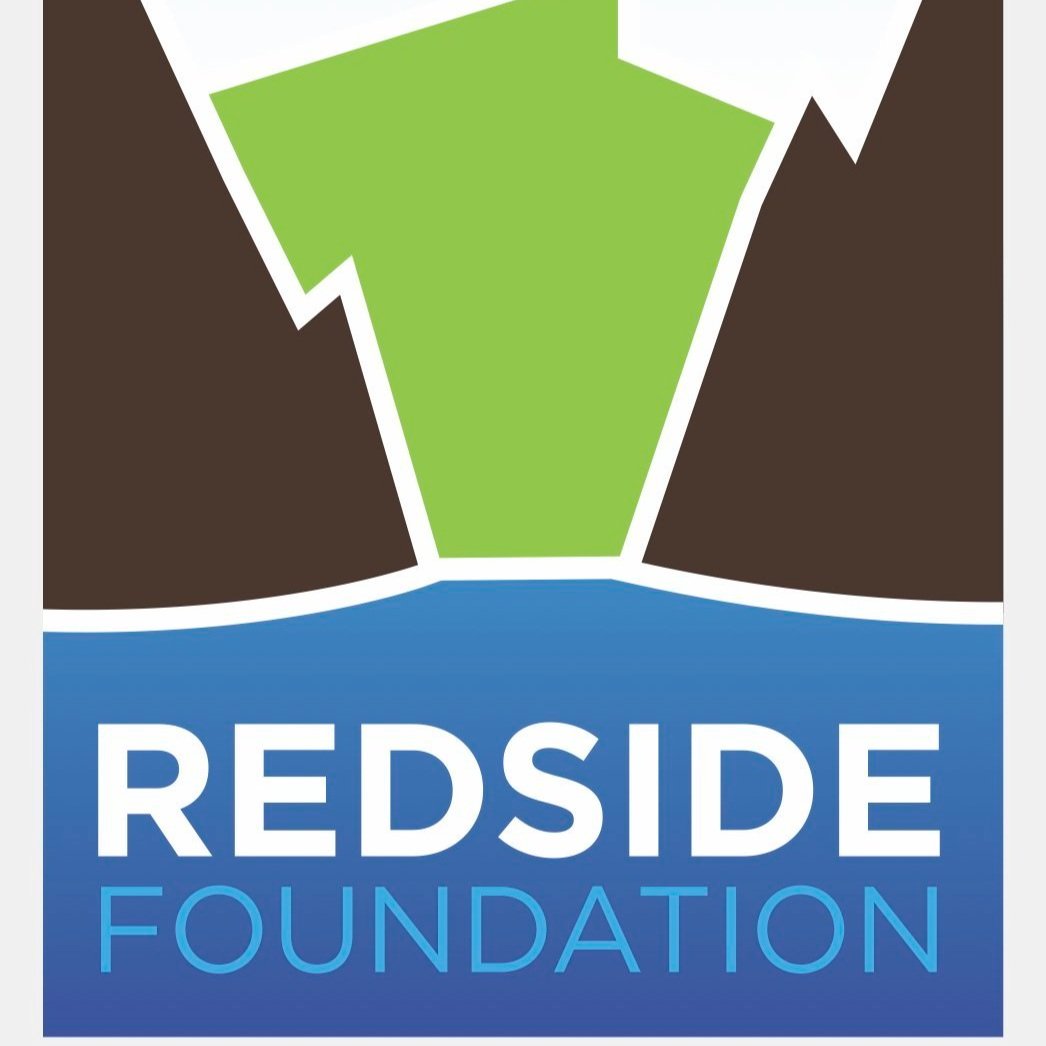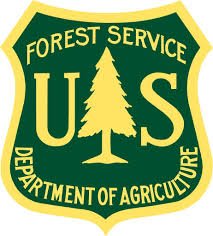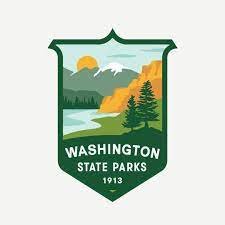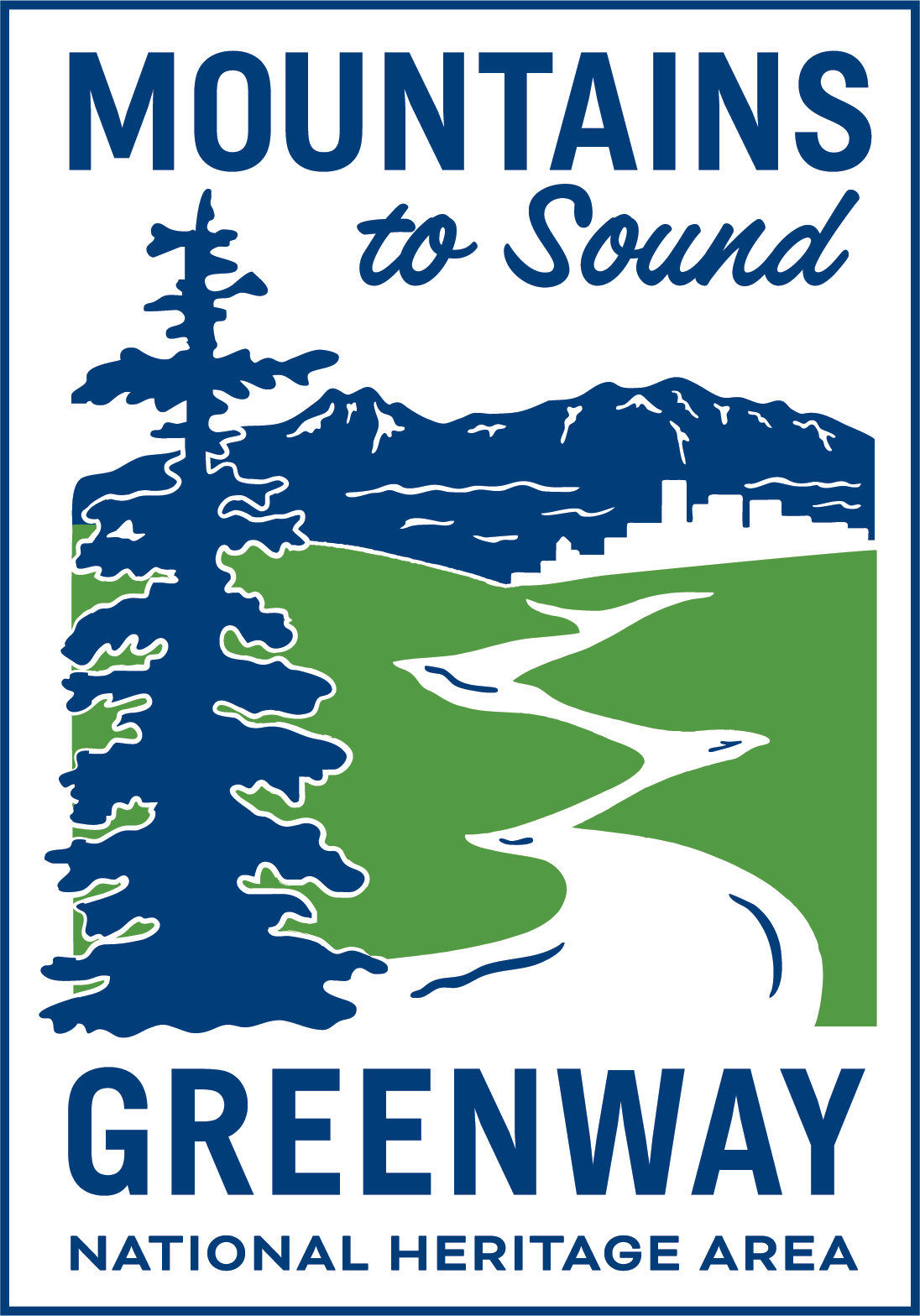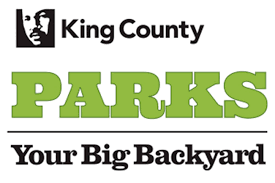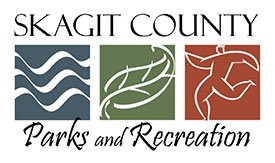Rivers are important.
From a scientific, economic and agricultural standpoint this is a very easy position to defend; we rely on rivers for transport and trade, to water our farms and supply drinking water to our cities. Since the dawn of settled human history we have built our civilizations around rivers for these very reasons. But there is more to the importance of rivers than just trade quotas and marine highway statistics. It is easy to quantify the importance of rivers, to throw out impressive numbers to prove how much we rely on them in a dozen different aspects of our daily lives; but few people fall in love with numbers. We do not love the rivers for their contribution to international trade or the annual allotted drinking water; it is something more, something far from the dry lists of numbers and research results, that keeps us coming back again and again and ties the rivers so thoroughly into the culture of the Pacific Northwest.
Numbers aside, rivers are one of the most important parts of nature.
The west side of the North Cascades is a land defined by water. Rain starts in the mountains, slipping down over the foothills in Seattle’s famous gray clouds until it reaches the coast; then the ocean swirls it away, marking its own defining line along the edge of the Sound. Between mountains and ocean—source and sink—run the rivers. They are as woven into the rhythm of life here as the rain. They slip quietly through city parks, splay broad deltas along the coast, roar down the steep slopes of the mountains. It is here—in the quiet bends, the thundering wave-trains, the braided saltwater channels of the deltas—that we fall in love with our rivers.
The sheer wildness of the rivers draws us in first. It’s easy to see in the young mountain channels, the playgrounds of whitewater kayakers and weekend rafters, where standing waves circle behind enormous boulders and the rush of the current drowns out every thought but the next paddle-stroke. But even the quiet parks further down the valley remain wild; the water is smoother and deeper, but there is still a wildness to it, a mystery you can feel but never truly comprehend no matter how many times you run the river. Time spent with the rivers of the Pacific Northwest is a glimpse into something much larger than yourself.
If it is the wildness that draws us in, it is the comfort and camaraderie that brings us circling back, again and again. Rivers are a catalyst for friendships that last a lifetime; they bring people together in a way only true wilderness can. As the site and source of lasting friendships, of family camping trips that truly brought people together for the first time in years and whitewater rapids that taught real trust to a group of near-strangers, rivers are where we find true solace, a haven from the stress of everyday life and the terror that dogs every news headline. Rivers are a place of safety as much as danger—it sounds odd, true, but if you’ve spent time with the Pacific Northwest’s rivers you know what I mean.
Rivers are worth far more than the dry numbers of their economic and scientific contributions to human society. They are a bastion of wildness even in the heart of the city, a haven from the tensions of everyday life, the catalyst for friendships and family bonds that can stretch a lifetime. They are far more important than any spreadsheet could possibly impart. It isn’t something you can list, something you can quantify—but if you sit by the river long enough, listening to the waves and the rocks and the slow dappling of rain over the rapids, you will understand.
Read more:
